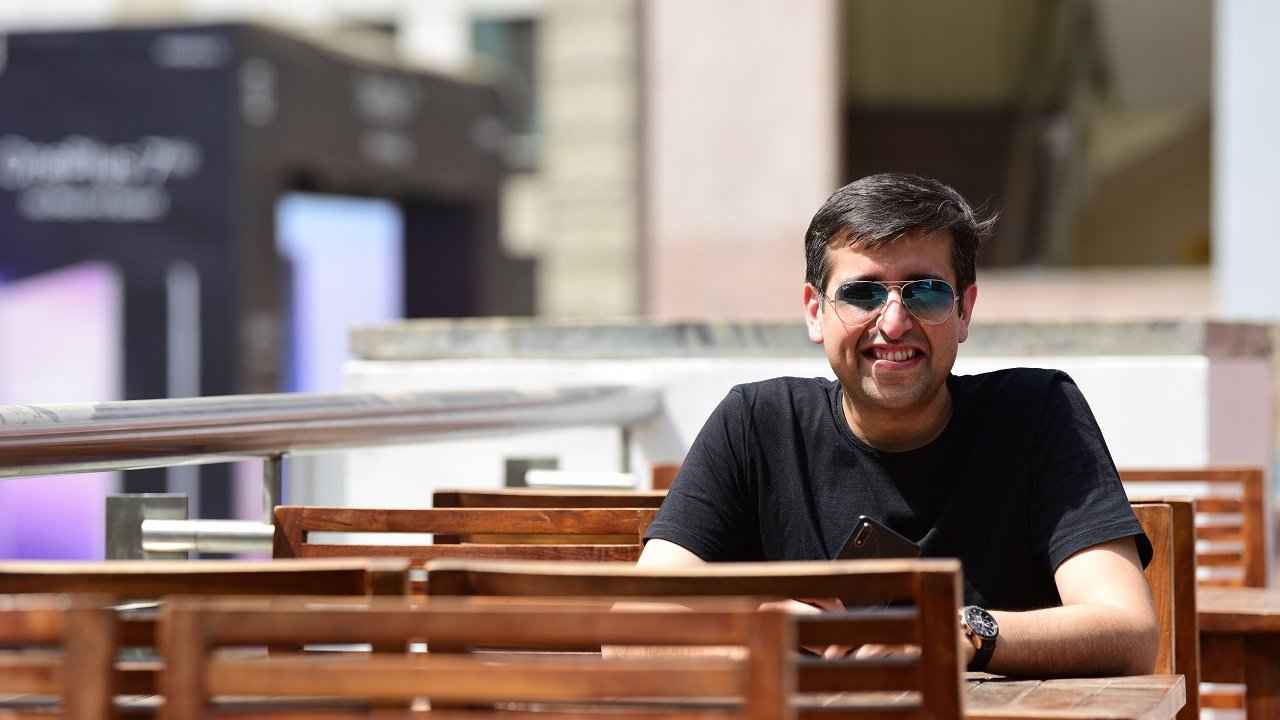Madhav Sheth of Realme India gives his insights on what technology could look like in the next 20 years

We're celebrating our 20th birthday this month, and we've invited industry experts, researchers and scientists to write in and paint a vision of the future, 20 years from now. Here's what Madhav Sheth, VP, realme and CEO, realme India & Europe had to share about his vision of the future.
 Survey
SurveyAs many luminaries have said before me and will continue to declare after me as well, technology is one of the greatest engines of change. Whether it’s entertainment, communication, education, healthcare, technology has profoundly impacted our lives and changed them for the better. Think about precise virtual geo-location that has transformed transportation and introduced ride-hailing industries, hybrid cars with lesser environmental footprint dominating emerging and growth markets, remote communication through video-chatting apps, or playing games through AR/VR filters.
There has been a seismic shift in the way consumers and industries operate. And if the last 20 years had been so transformative, the next 20 years promise to be a roller-coaster ride of new adventures. As a die-hard tech enthusiast myself, I love to immerse myself in the world of the future. What would it look like? Will we travel in flying cars? Will smart robots help us in our household tasks? And better still, will we discover life beyond earth?
Well, crystal ball-gazing aside, let me highlight some megatrends that will mark the passage of the next two decades.
An avant-garde lifestyle with Mixed reality
So far, we have been content to strap on VR headsets while playing a game or use AR-enriched apps to get a taste of immersive experiences. Mixed or merged reality brings together virtual and augmented reality and blurs the distinction between virtual and physical worlds altogether. Mixed reality devices constantly interact with your surroundings to bring vivid virtual-world experiences. For example, you can be with a loved one on the other side of the globe through a holographic image with crystal clear texture, clarity, and sound within mere minutes. Students can get a virtual tour of a real-world environment while taking classes on any particular subject. Imagine strolling through the relics of ancient Rome during a history class. With its supercomputing power, Mixed reality can digitize real-world content and transform physical office spaces into virtual ones. The genius minds on earth are already developing hardware and software capabilities. Backed by the transformative traits of 5G, mixed reality will be the new cornerstone of the tech lifestyle.
Smartphones evolve to become the command control centre
That’s right. We are looking at a future where smartphones will become the ‘brain’, linking, operating, and troubleshooting all digital devices that dot your lifestyle. When phones were yet to be ‘smart’ in the 90s and 2000s, they served as a means of communication with text and voice calls. Little did we imagine that one day smartphones will hold more computing power than Apollo 11, the first spacecraft that put the man on the Moon. In the future, smartphones have the potential to become an interactive hub ushering in unparalleled ease and simplicity in everyday life. The smartphone, as we know it in the traditional sense, will cease to exist and will transmute into something much bigger. They will act as your assistant, arrange for healthcare facilities, control and monitor all the appliances in your house, assess risk preemptively and take necessary precautions, and will become an AR/VR-enabled device to explore the world. The form factors will also change as we will see more lightweight, compact phones, with stretchable, foldable screens, integrated SIMs fitting in the palm of your hand. Smartphones will also don the role of voice assistants, as advanced voice commands will become the de facto mode for search and operations. Users will enjoy a completely untethered experience as well with wireless charging.
Science fiction gets real with IoT
Simply put, IoT signifies the number of devices connected by the Internet. According to IDC, we are predicted to reach 55.7BN connected devices worldwide, by 2025. Want to know how disruptive IoT can be? Consider wearable tech in Back to The Future or connected armour suits in Iron Man. While we don’t have flying superheroes in our midst yet, suffice it to say, a life underlined by IoT is going to be highly exciting. From self-driving car fleets managed remotely by IoT-based tracking, smart sensors that monitor and control the temperature of different rooms, smart wearables that analyze health data to create your workout routine and diet to preventive maintenance of any devices, the possibilities are endless. IoT will also lead to a more sustainable lifestyle as will see smart cities with smart sensors, thermal imaging, IoT-based traffic management systems, providing unprecedented efficiency and a smarter way of living! IoT devices will also drive more energy efficiency with low battery consumption, fast charging, and better hardware. A cleaner, greener world will well be within our reach.
As a legend once said, I like to believe that ‘A man who has no imagination has no wings’. It is on the back of imagination and a daring spirit that we are enjoying the fruits of a tech-empowered lifestyle. While trends may seem fantastical now, we will surely see them materialize, thanks to many disruptive technologies at work. I, for one, cannot wait to see where the next 20 years take us. Can you?
By – Madhav Sheth, VP, realme and CEO, realme India & Europe
Industry leader
Contributions from industry leaders and visionaries on trends, disruptions and advancements that they predict for the future View Full Profile